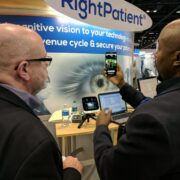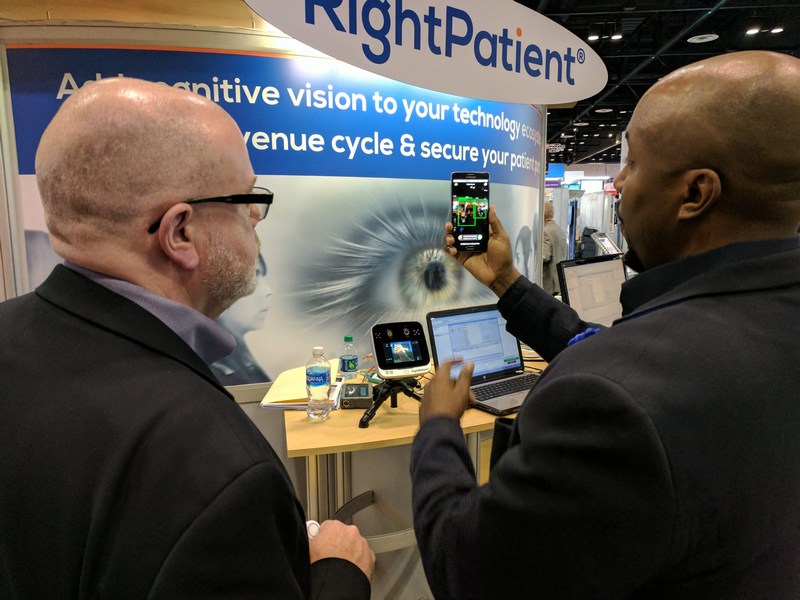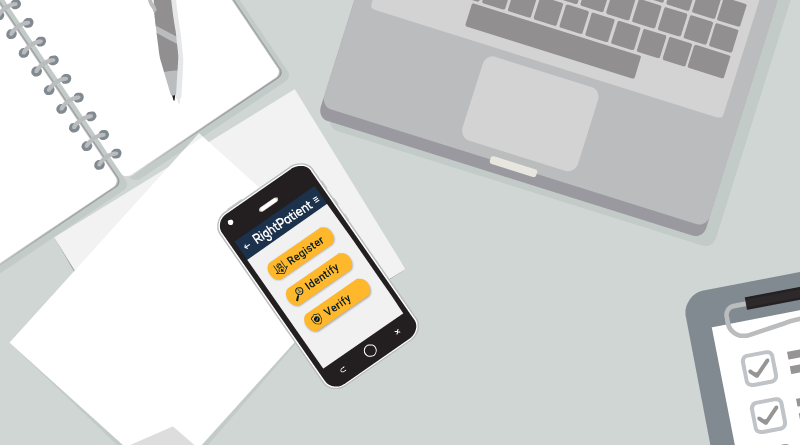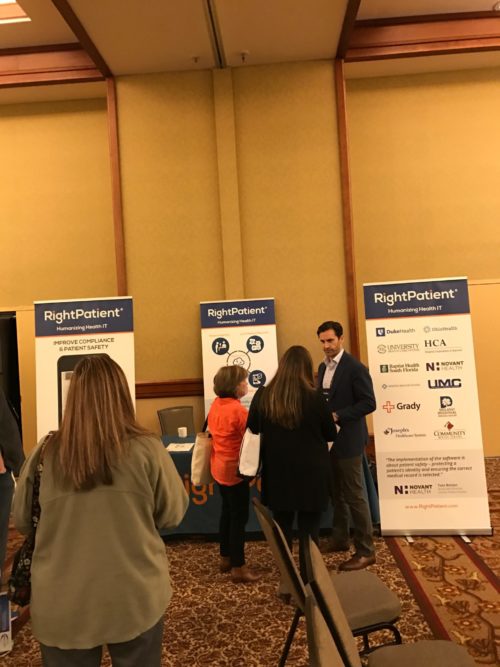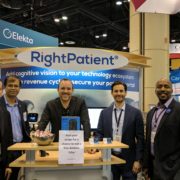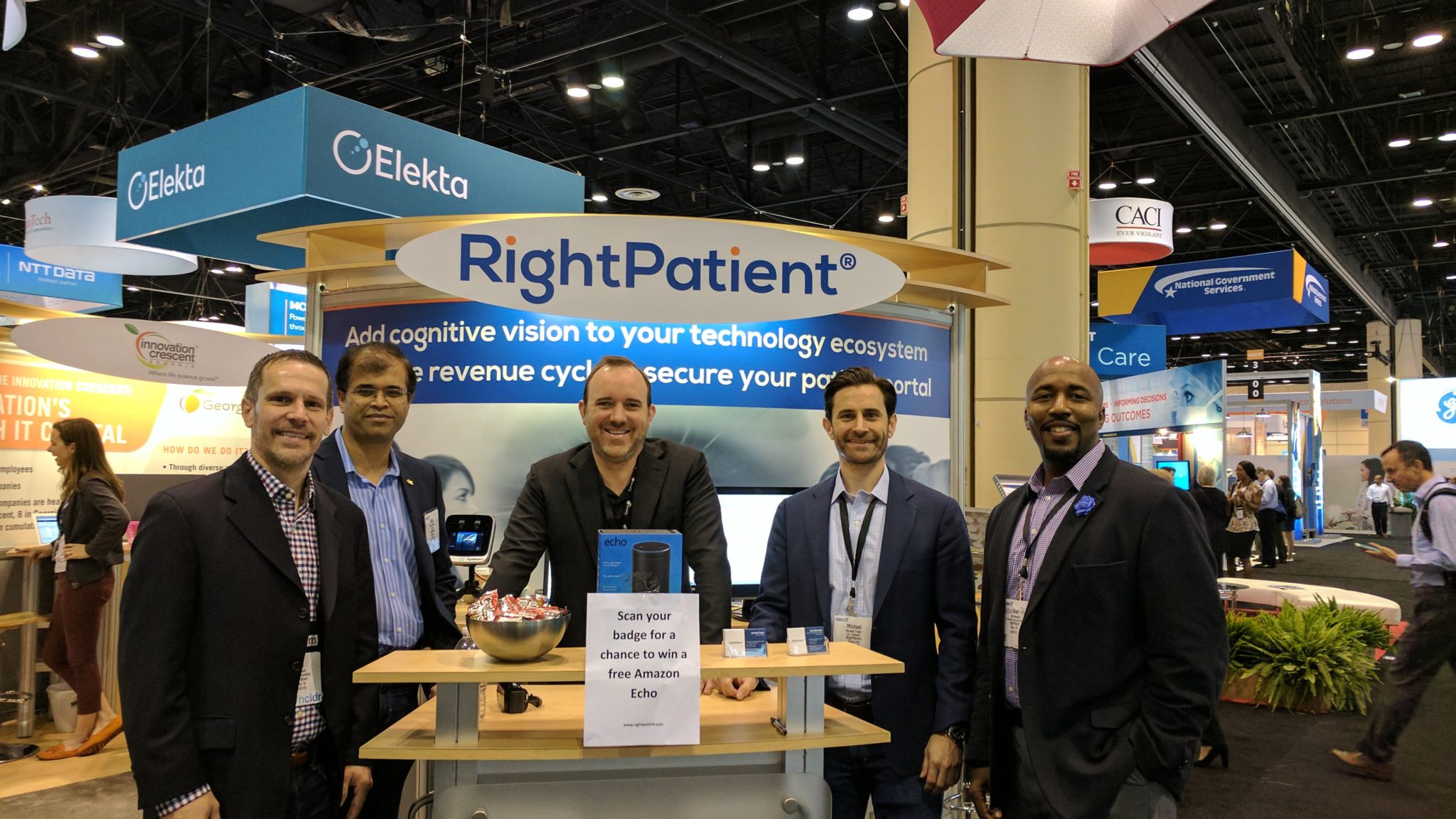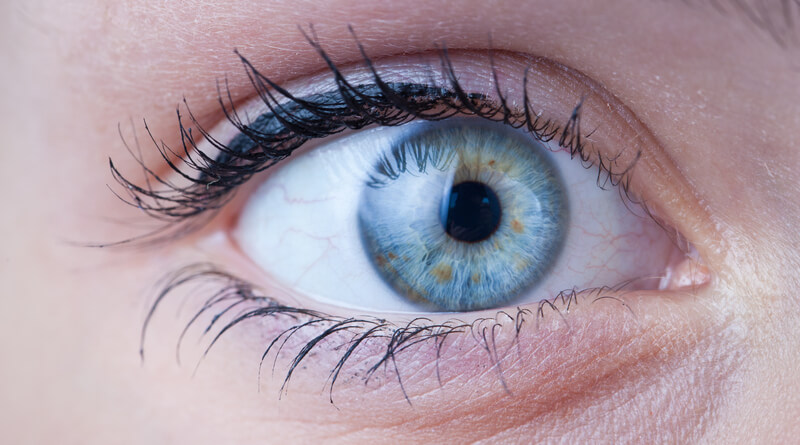Patient engagement is the key to improved patient outcomes
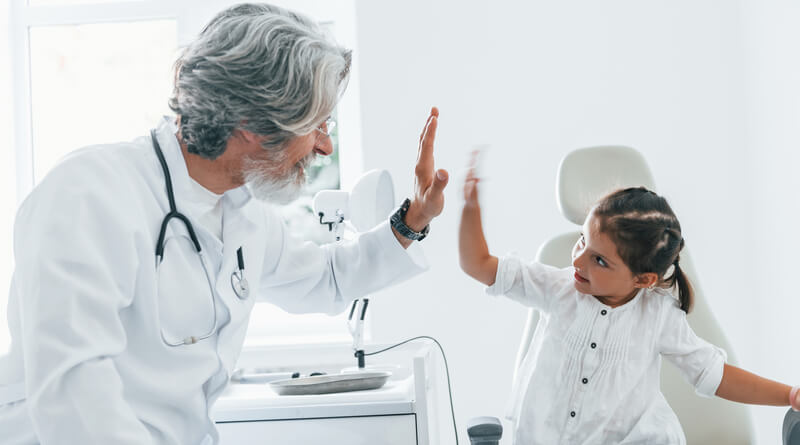
Why might any healthcare provider contact their patients after their discharge? It’s simple – to encourage patient engagement so that the patients can be proactive and thus healthier, which in turn causes improved patient outcomes and lowers readmission rates, simultaneously reducing costs.

There’s a catch to this – if it’s so easy, why is effective patient engagement still out of reach for most healthcare providers? Let’s analyze.
A recent survey consisting of several healthcare systems sheds light on some interesting facts – 70% of the participants stated that less than half of their patients are involved in engagement activities, whereas a mere 9% said that they observe more than 75% effective patient engagement.
Why are some successful and some unfortunate? It mostly reflects the fact that many are still confused by what patient engagement means. Many think that patient engagement refers to just giving a patient a scheduled time and making sure they know the patient’s name, and that’s all – but that is a far cry from what patient engagement entails.
Patient engagement refers to the healthcare provider learning about the patient’s interests, medical records, background, and anything relevant that is there to know about the patient as much as possible. What do the healthcare systems do with such data? They provide customizable tools to the patients which can be used for active patient engagement – to ensure improved patient outcomes and experience. There are many tools already available at the disposal of the healthcare providers to use for active patient engagement like CircleCare. Thus, patient engagement means providing a patient with tools and facilities which the patient can then use or participate in, if he/she chooses, to ensure better health and lead a healthier lifestyle, with its primary goal being improved patient outcomes and better patient retention rates.
Even large and reputed healthcare systems sometimes need the assistance of such tools for patient engagement, which is reflected in the survey’s findings. There are many examples that tell the same story repeatedly – a reputed healthcare system thinking that it was providing entirely satisfactory patient engagement until it started looking at the results and then teaming up with an external party who understands patient engagement better, and later on, the healthcare system actually seeing marked improvements because of using the new tools.
With the extensive knowledge and technical know-how of such third parties regarding patient engagement technologies, these healthcare providers saw that instead of using conventional facilities like patient portals, which can be clunky, unresponsive, and tedious to use, the patients used tools like apps which are available for both tablets and smartphones. The patients not only use it for better health and checking their records, but they also use it to communicate with their providers, exchanging crucial information, if required.
According to a healthcare official, patient engagement is very integral to their services, and they need it to ensure they have a healthy, mutually beneficial relationship with their patients. Such tools like CircleCare provide the window to ensure active engagement. Using CircleCare, patients can easily communicate with their doctors to let them know of any discomfort or updates in real-time.
CircleCare is a patient retention app which doubles as a patient engagement app. It ensures maximum patient engagement, as it has features like tracking steps, recording blood glucose level, recording blood pressure, and also scheduling and reminding one about medicine. Not only that, it has all the features previously mentioned above, like communicating with physicians, exchanging information in real-time, and so on. Best of all, if the patient maintains an active, healthy lifestyle, which is shown as the patient completes “goals” and earns points within the app, they can also win exciting prizes which they can exchange with the coins. Once a healthcare provider subscribes to the app, they can direct the patient to download and use them for active patient engagement, ensuring lower patient readmission rates due to positive outcomes.



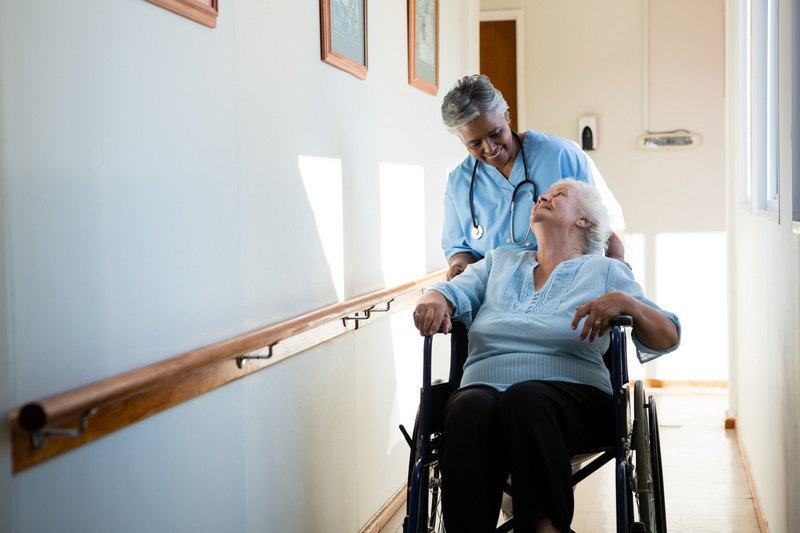
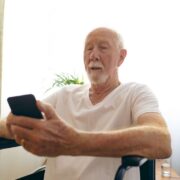
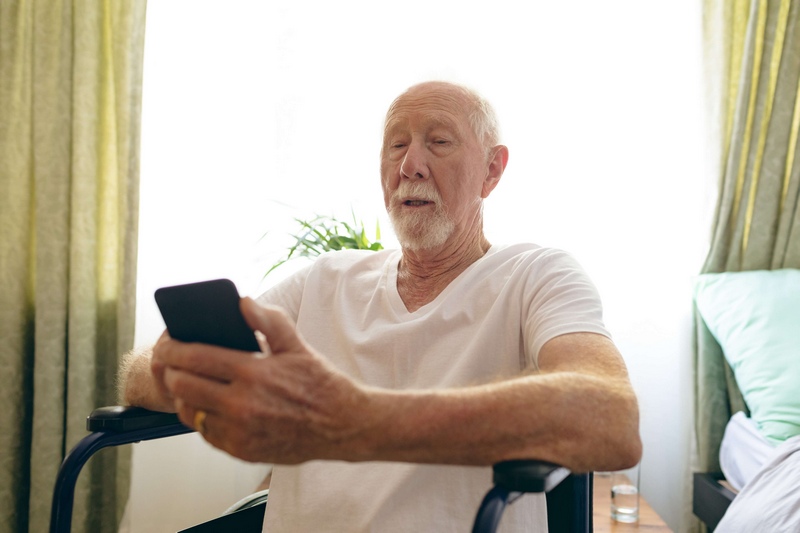

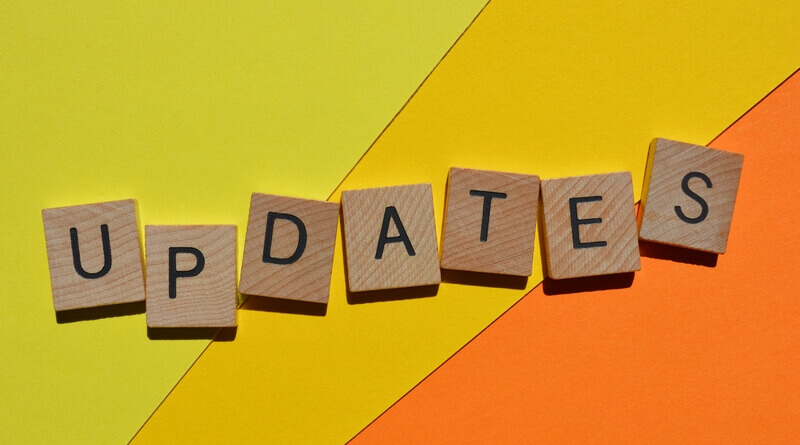
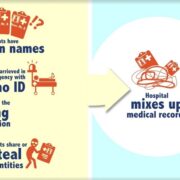

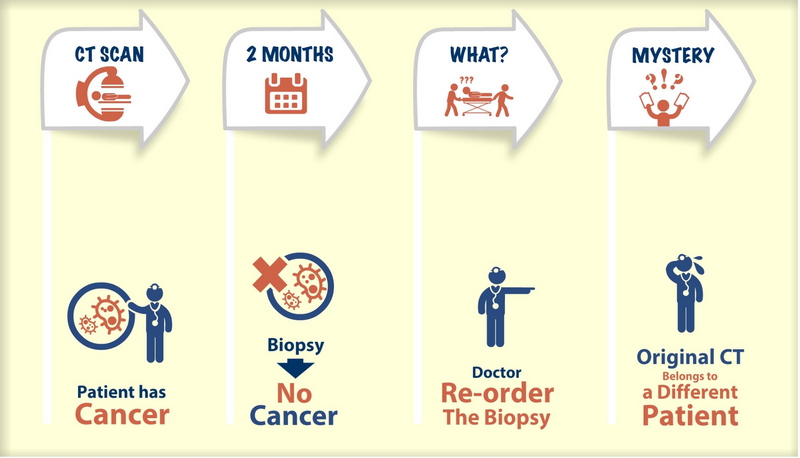
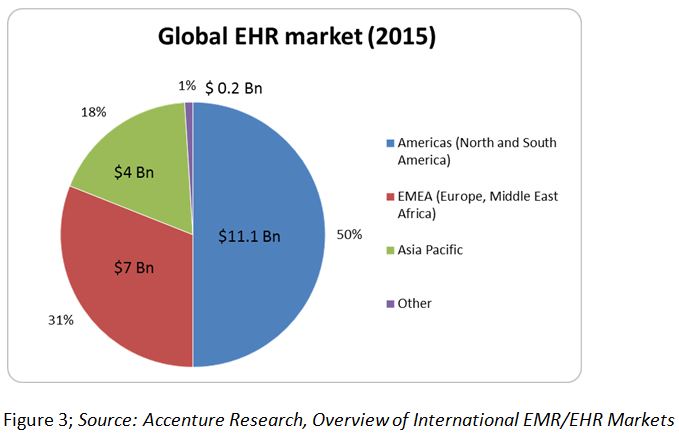



 Brad Marshall is a Senior Enterprise Development Consultant with RightPatient® With several years of experience implementing both large and small scale biometric patient identification projects in healthcare, Brad works closely with key hospital executives and front line staff to ensure project success.
Brad Marshall is a Senior Enterprise Development Consultant with RightPatient® With several years of experience implementing both large and small scale biometric patient identification projects in healthcare, Brad works closely with key hospital executives and front line staff to ensure project success.